Thanks to a highly skilled and competent workforce, learning and development programs ensure higher and sustained business growth for organizations. Hence, organizations should leverage employee rewards and recognition for learning and development programs to incentivize and motivate employees for greater participation and impact.

An employee reward and recognition policy that focuses on incentivizing employees’ efforts and achievements in learning and development can prove extremely beneficial.
So, here are a few reasons why organizations should look at the rewards and recognition for learning and development:
1. Creates short- term incentives
2. Makes it aspirational
3. Makes it exciting and interesting
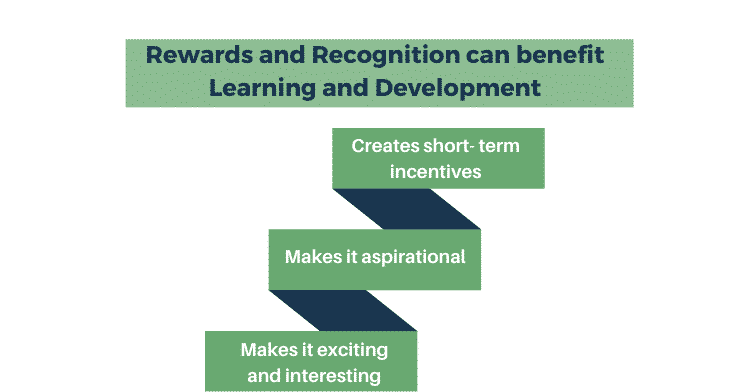

Interestingly, learning and development activities benefit employees and organizations through skill and competency development and career progression opportunities.
Linking rewards and recognition to participation in such activities provides immediate benefits to the employees in the form of monetary gratification and social visibility.
Hence, these short-term benefits can drive a higher level of motivation for employees to participate in such programs.
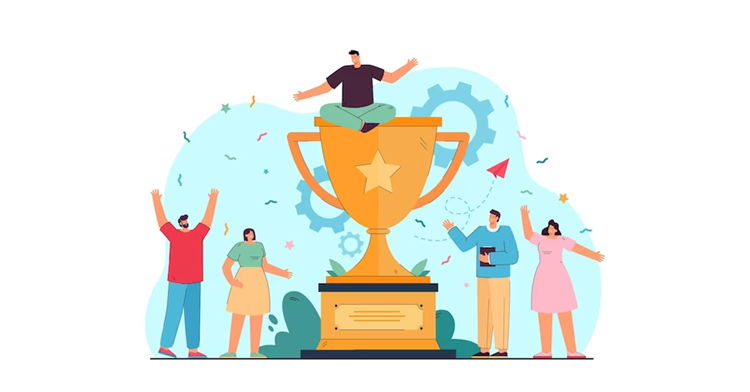
Coworkers who get rewards for participating in learning and development programs make it aspirational for other employees to participate.
Both the monetary value and the social visibility of the rewards and recognition act as incentives for the employees.
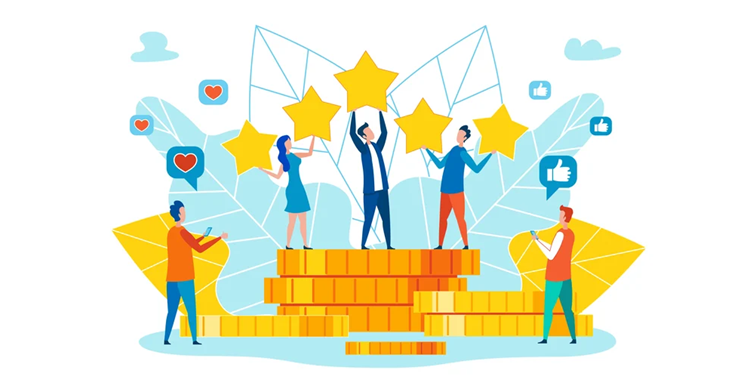
A good rewards and recognition program built around learning and development with the concept of gamification can capture the attention and interest of the employees.
Hence, it can drive higher levels of employee participation and involvement as they go through their learning journeys.
A well-designed rewards and recognition policy for learning and development can maximize program participation and create business impact.
So, here are a few best practices that help organizations get the desired benefits:
2. Enable Timely Rewards and Recognition
3. Provide Monetary Gratification
4. Ensure Social Visibility
5. Gamify the Experience
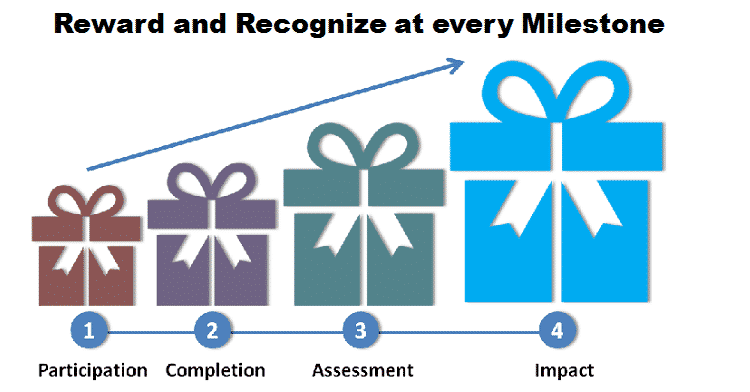
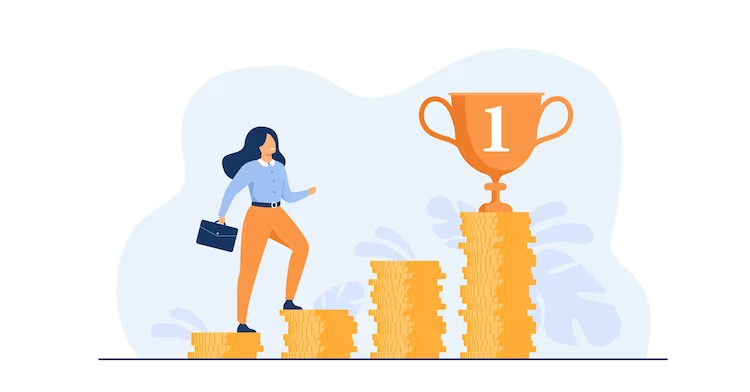
Organizations should reward and recognize employees at each stage of the learning process:
This incentive will motivate the learner to move from one milestone to another.

Organizations should consider investing in digital employee recognition platforms that can integrate with their learning management systems (LMS) and help them automatically reward and recognize learners after each milestone is achieved.
Such platforms can be configured with different rewards and recognition policies based on the program and the learner’s role.
They can also enable supervisors to acknowledge and appreciate the programprogram’s on the employeemployee’smance.

Like regular employee rewards and recognition programs, monetary rewards have an additional impact on the motivation of employees as they undergo their learning journeys.
The monetary rewards could be in the form of money credited to their salaries, rewards points that can be redeemed for gift cards of their choice, electronics, appliances, experiences, and holidays.
So, learners could be awarded reward points through the platform for achieving different milestones.
They can redeem these points for gift cards or merchandise they choose, which will be delivered to them.

Organizations should work towards ensuring that the rewards and recognition received by employees for learning and development activities have maximum social visibility.
Sharing the updates on internal digital platforms such as MS Teams and Slack through integration with the employee rewards system can create such social visibility.
Publish feeds on external social media such as Facebook and LinkedIn can create additional buzz.
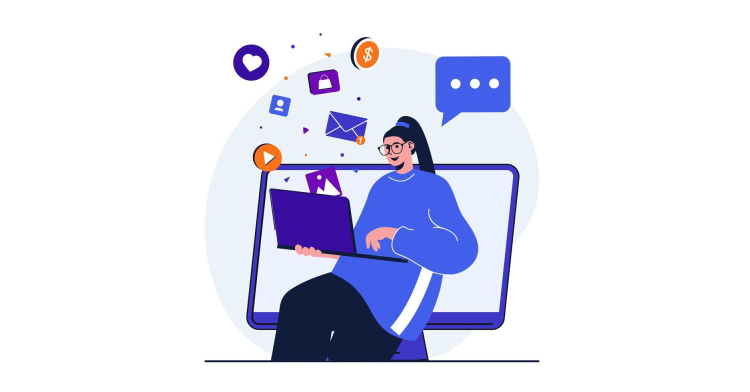
Additionally, organizations should explore gamification concepts such as reward points, digital badges, e-cards, wall of fame, levels, leaderboards, and e-gift cards, etc., to the fun and exciting elements of the entire learning process.
Digital employee recognition platforms can play a big role in gamifying the entire learning process seamlessly.
Such gamification of learning and development programs makes them exciting and attractive to employees, especially Gen Z and millennials, who constitute a significant workforce segment.
This, in turn, can drive up the participation and completion rates of the programs and the level of involvement of the learners.
Investing in rewards and recognition for learning and development can help an organization drive greater impact from these programs and enhance business growth.

Lead author: Sagar Chaudhuri, the Co-Founder and CEO of HiFives. He is an HR Tech Evangelist with over 25 years of corporate and entrepreneurship experience. In the past, Sagar has worked in leadership roles with companies such as Genpact, Infosys, and ICICI Bank. He has an engineering degree from IIT Kharagpur and an MBA from IIM Lucknow. Connect on LinkedIn
To stay updated on the latest HiFives blogs, follow us on Twitter (@MyHiFives)